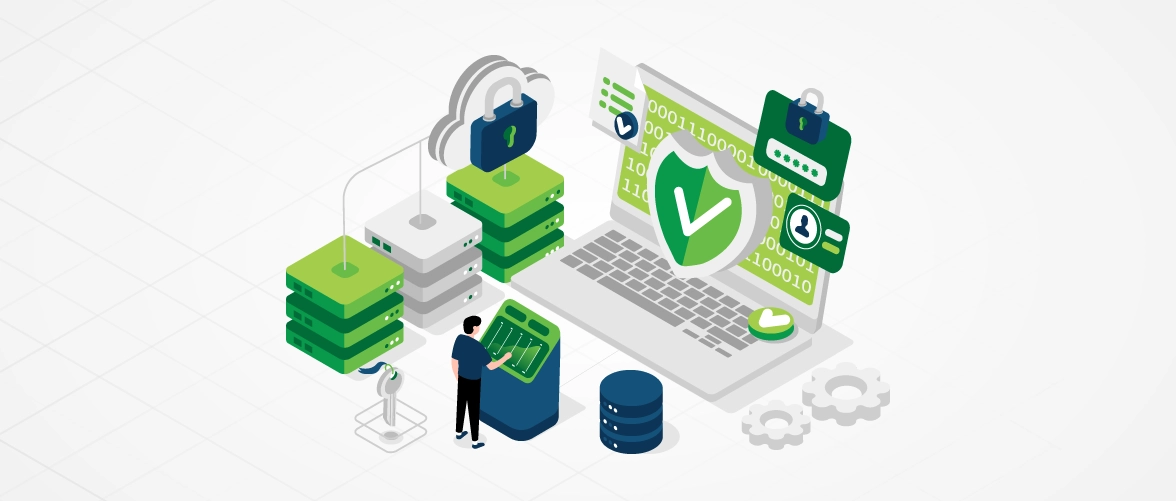Blockchain technology to improve cybersecurity across sectors
05 Nov 2024

Non-linear connections define our world in the age of hyperconnectivity. Concerns about security and privacy are among the most pressing issues in today's world. Hacking has become more sophisticated and complex, while security features have typically lagged behind. However, due to its impenetrable chain structure, blockchain technology has the potential to improve cybersecurity across industries.
Initially, blockchain was intended to aid in the safe transmission and receipt of bitcoins. It has made a global impact over time, with real-world applications ranging from fintech to pharmaceuticals, land registration to supply chain management. The main goal of blockchain has been to improve security regardless of where it is used.
Blockchain is founded on three key elements decentralisation, transparency, and immutability.
Blockchain employs a decentralised ledger system (DLT) to record and maintain transactions on a public server where the data is secure and untampered with. Before a transaction is recorded on a blockchain, network participants collectively verify it.
Data points are organised into blocks, and each block is given a hash value. This hash value is stored in the successive block, and the value of that succeeding block is then used in the next block. The cycle continues to form an immutable chain of blocks in nature. Any changes to data would have to be made in each block, resulting in a breach that network participants could easily detect. By adding a new block, genuine updates can be made. As a result, blockchain aids in record keeping, and previous versions can be compared to new versions to understand changes and detect errors or corruption.
Here are some of the most attractive benefits of blockchain technology to combat cybersecurity concerns:
Access shared by only the required people
The entire blockchain's data is stored on each participant's smart device and is accessible in real-time. As a result, each participant witnesses changes, and suspicious or incorrect transactions, including those made by hackers, can be identified and ruled out. There is no central authority, only a shared responsibility among participants to allow only legitimate transactions.
Preventing Data Theft
Blockchain's complex structure aids in the security of data sharing and storage. As a result, several businesses are now using blockchain to prevent fraud and maintain the integrity of their data. This is especially important when it comes to storing personal information about users, such as payment information and credit card numbers.
A hacker can take control of a central server system and delete files to destroy data. It would become an impossible task with DLT because the data is distributed among a large number of participants. Larger blockchains with more nodes are less vulnerable to such an attack, and trying to take down an entire blockchain is impossible.
DoS (Denial of Service) Attack
Denial of Service (DoS) attacks are designed to bring a network to a halt, rendering it inaccessible to its users. There are several ways to accomplish this, including exceeding a network's capacity or sending excessive junk requests. Such activity causes the network to misbehave and temporarily shut down. DoS attacks have impacted some of the most prominent internet companies globally.
Since the introduction of the Domain Name System (DNS), DoS attacks have become more difficult. DNS acts as an internet phonebook, mapping domains to machine-readable IP addresses. Aside from traditional Fintech applications, innovative uses for blockchain technology include creating a secure internet space. DNS is only partially decentralised, but blockchain technology can completely decentralise it. Blockchain would distribute the content across a large number of nodes, making it impossible for hackers to attack.
Summing Up
It is high time now that we familiarise ourselves with a dynamic technology such as blockchain, which not only solves existing issues but also updates on a regular basis to address future problems. There is no better time than now to integrate blockchain into any business for its security and data management needs.